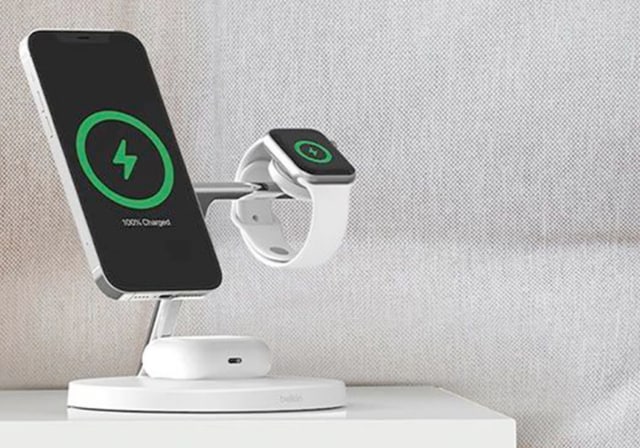
How to Use Wireless Charger and its Benefit
In a world where tech convenience is paramount, wireless charging has transformed how we power up our devices. Imagine simply placing your smartphone on a sleek pad or stand, with no tangled cords or wear on charging ports. Yet, despite its ease, many people still find wireless charging mysterious or are unsure if it’s as effective as traditional chargers. This story breaks down the essentials of wireless charging, covering the benefits, best practices, and things to watch out for.
Wireless charging, also known as inductive charging, relies on electromagnetic fields to transfer energy. Here’s a simple breakdown of the process:
Induction Coils: Both the wireless charger and your device contain coils. When electricity flows through the coil in the charging pad, it creates an electromagnetic field.
Energy Transfer: When you place your phone (or another compatible device) on the pad, the coil in the device picks up energy from this field and converts it back to electricity, which charges your battery.
Qi Standard: Most devices use the Qi (pronounced “chee”) wireless charging standard. This ensures compatibility between various brands, so you can use any Qi-certified charger with any Qi-enabled device.
Convenience: Wireless charging removes the hassle of plugging and unplugging cables. Simply set your device on the charger, and it starts charging instantly, making it easier to top up the battery throughout the day.
Less Wear and Tear: With traditional charging, repeated plugging and unplugging wears down your phone’s charging port over time. Wireless charging minimizes this, preserving the lifespan of your device’s hardware.
Reduced Clutter: Wireless chargers eliminate the need for multiple cables, reducing desk and nightstand clutter. Some chargers can even handle multiple devices simultaneously, like a phone, smartwatch, and earbuds, with just one power source.
Align Your Device Properly
For efficient charging, your device’s coil needs to align with the charger’s coil. While many chargers are designed to make this easy, misalignment can slow down charging or cause your phone to heat up.
Remove Cases if Necessary
Thick or metallic cases can interfere with charging. If you notice that your phone isn’t charging or is charging slowly, try removing the case. Alternatively, consider a case specifically designed for wireless charging, as these are typically thin and free from metal components.
Keep It Cool
Wireless charging generates more heat than wired charging, which can impact your phone’s battery health over time. Avoid charging in hot environments or covering the device with objects while it’s on the pad. If your device feels warm, let it cool before resuming charging.
Charge in Short Bursts When Possible
Since wireless charging can heat your device, charging in bursts (as opposed to one long charge) can help preserve battery health. For example, charging at intervals instead of overnight is generally better for lithium-ion batteries.
Charging Speed: Wireless charging is generally slower than traditional charging. Fast wireless chargers exist, but they’re typically less efficient than wired fast chargers. If you need a quick top-up, plugging in might be the better option.
Device Compatibility: Although Qi is the standard, not all wireless chargers and devices are created equal. Ensure that both your charger and device support the same fast charging speeds to avoid frustration with slower-than-expected charging.
Energy Efficiency: Wireless chargers consume more power than wired chargers. While the difference is small, it can add up over time, especially if you use multiple wireless chargers around your home or office.
The future of wireless charging looks promising. As technology advances, we may soon see "true" wireless charging where devices charge from a distance without needing direct contact with the charger. Companies are also developing more efficient and eco-friendly wireless solutions to minimize energy loss.

Wireless charging offers a new level of convenience, but using it effectively requires a bit of know-how. By aligning your device correctly, managing heat, and understanding compatibility, you can make the most of this modern charging solution. Embrace the freedom of wireless charging while protecting your device’s longevity and performance—it’s a small investment in convenience that goes a long way!


















